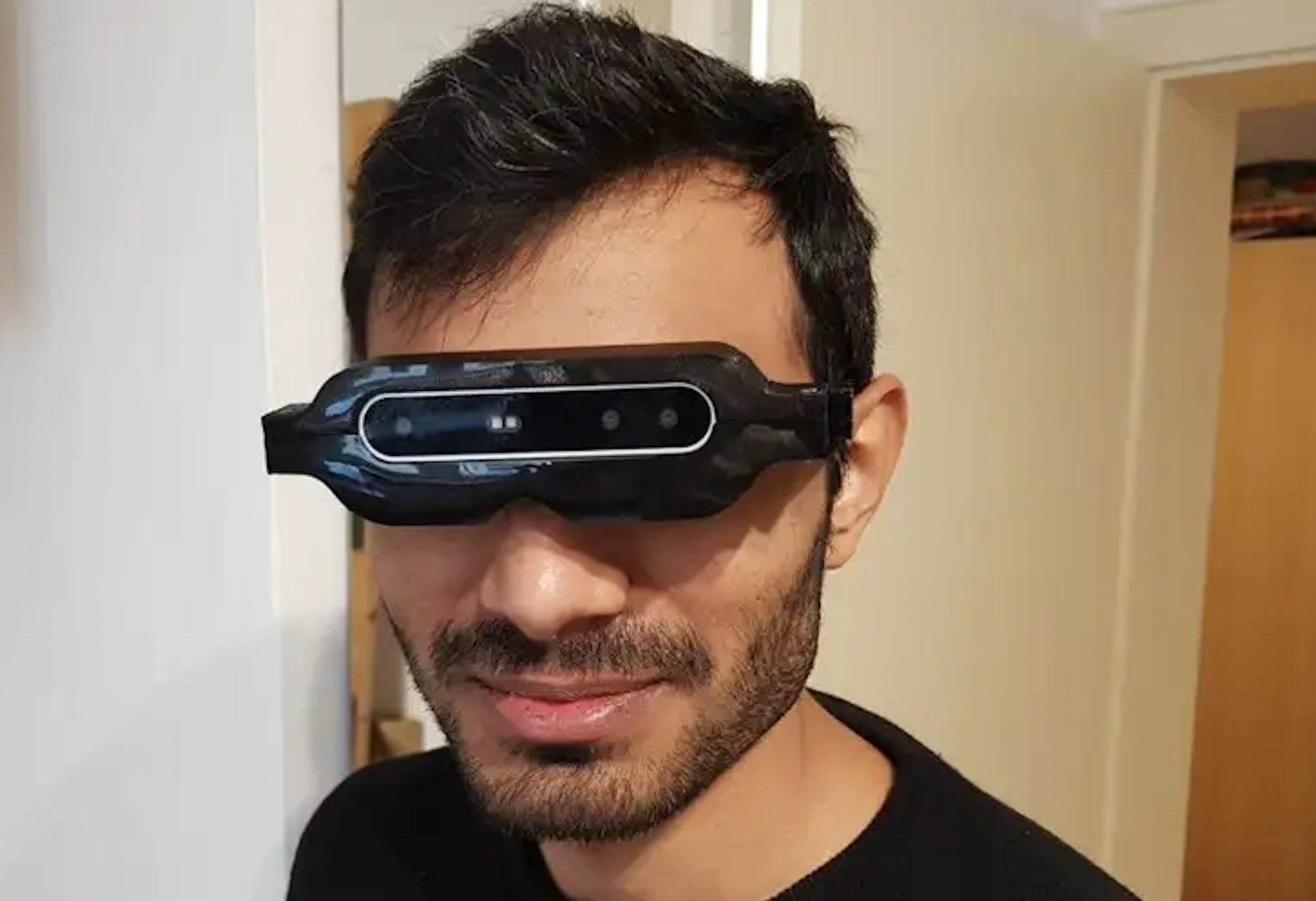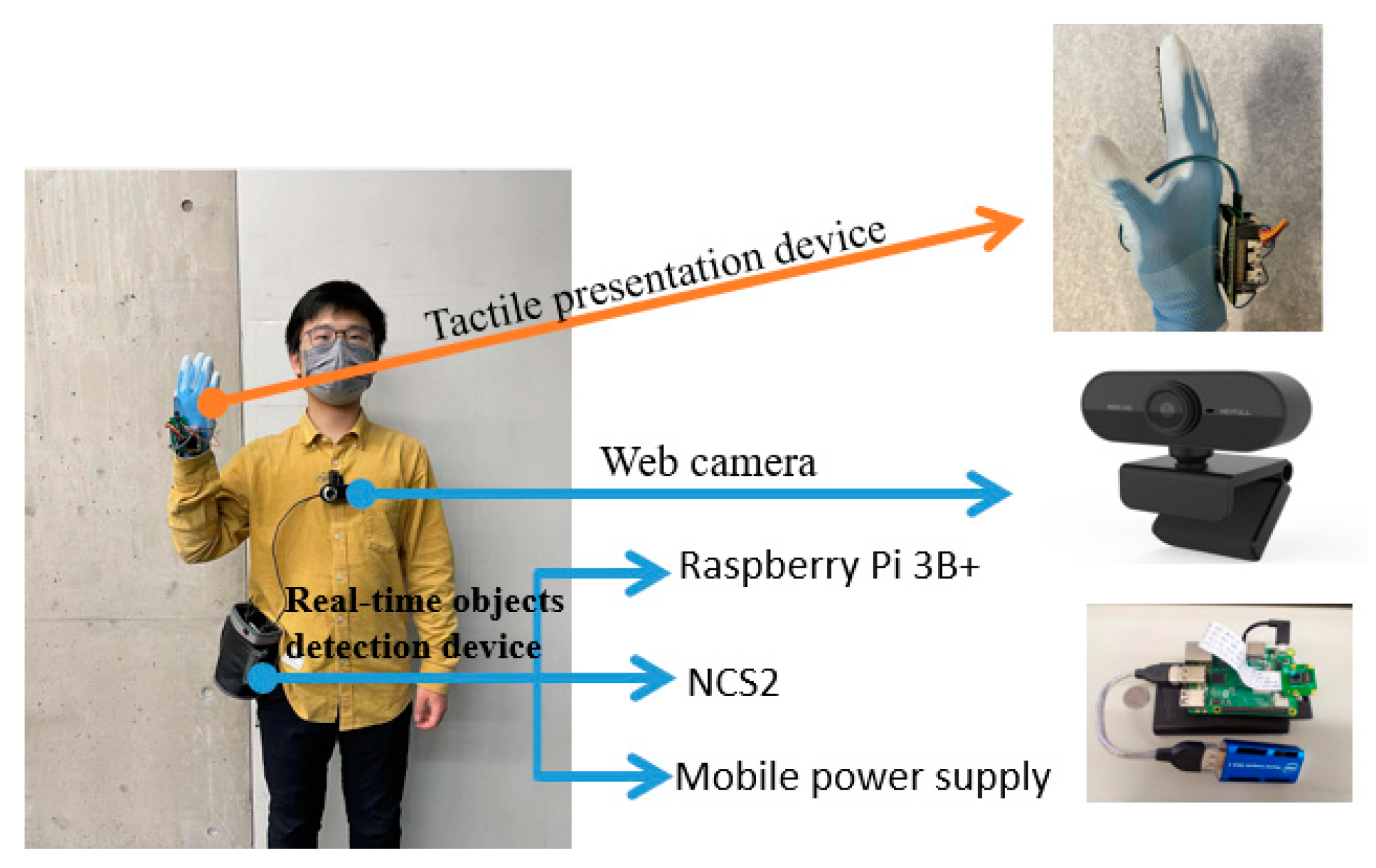A Guide to Life-altering Assistive Modern Technology for the Blind and Visually Impaired
The development of assistive modern technology has ushered in a transformative period for people who are blind or visually damaged, offering tools that boost autonomy and enrich day-to-day experiences. Developments such as clever navigation gadgets and AI-driven applications are redefining just how users interact with their environments, while accessible analysis services and clever home modern technologies guarantee to more raise the high quality of life.
Smart Navigation Equipment
Smart navigating devices are changing the method individuals who are blind or aesthetically impaired communicate with their setting. These sophisticated modern technologies, which incorporate GPS, audio comments, and haptic signals, offer users with vital details concerning their environments, improving their self-reliance and mobility.
One prominent example is the usage of smart walking sticks outfitted with sensors that find barriers and offer real-time comments through vibrations or audio cues. These devices allow customers to navigate complex settings, such as active streets or crowded public rooms, with raised self-confidence. In addition, wearable tools, such as smart glasses, are being established to help in identifying faces, checking out message, and recognizing items, further enhancing the individual's spatial recognition.
In addition, smart navigation tools are significantly including man-made intelligence to analyze data and adapt to users' preferences. This individualized technique not just improves navigation performance however also promotes a feeling of empowerment amongst users. As innovation continues to development, the possibility for clever navigation tools to produce a much more available and inclusive globe for people that are visually impaired or blind remains promising, inevitably reshaping their daily experiences and interactions.
Innovative Mobile Applications
Mobile applications are arising as powerful tools for assisting people that are aesthetically damaged or blind, offering a series of capabilities that improve daily living. These applications harness advanced modern technology to help with day-to-day tasks, improve ease of access, and promote independence.
One classification of cutting-edge mobile applications concentrates on aesthetic recognition. Applications like Be My Eyes attach customers with sighted volunteers by means of video clip calls, allowing real-time assistance for jobs such as checking out labels or browsing unfamiliar atmospheres. Apps like Seeing AI utilize man-made knowledge to define environments, reviewed message, and determine items, offering users with crucial details at their fingertips.
One more significant location is navigation and alignment. Applications such as Aira and Nearby Traveler give audio guidance, helping users navigate city spaces effortlessly. They offer tailored aid, allowing for a more certain exploration of the environment.
In addition, wellness and health apps cater to details demands, such as drug management and fitness tracking. These applications intend to foster an alternative approach to health, making sure that users can maintain their health and wellness independently.
Wearable Assistive Instruments
Wearable assistive devices represent a substantial improvement in modern technology designed to sustain people who are visually damaged or blind. These gadgets boost mobility and independence by supplying real-time responses about the surrounding setting. Amongst one of the most noteworthy wearable innovations are smart glasses equipped with video cameras and sensing units, which can recognize obstacles and relay vital details via audio signs.

An additional innovative choice includes wrist-worn gadgets that utilize ultrasonic waves to find challenges and supply navigational assistance. These gadgets usually feature personalized setups, allowing individuals to tailor the alerts to their details requirements.
The assimilation of synthetic knowledge in wearable assistive modern technology is additionally noteworthy, as it continually improves the precision and responsiveness of these tools. In general, wearable assistive gadgets are changing the lives of the aesthetically damaged and blind, cultivating higher freedom and boosting top quality of life via ingenious remedies.
Easily Accessible Reviewing Solutions
Obtainable reading options play a critical role in making it possible for people who are aesthetically damaged or blind to engage with text across different layouts. These remedies include a series of technologies and tools developed to improve reading experiences, from typical print materials to electronic web content.
One popular solution is Optical Character Acknowledgment (OCR) technology, which converts printed text right into electronic layout, allowing users to listen to or check out the web content making use of display viewers. Furthermore, specialized e-readers equipped with text-to-speech capabilities supply customizable analysis experiences, making it possible for customers to change font dimensions and background colors for improved visibility.
One more effective method is braille display screens, which supply responsive responses by transforming electronic text into braille. This permits individuals to review with touch, promoting greater freedom and access to literature. Mobile applications developed for checking out checked publications or papers can equip users with instant access to a large collection of products (Speech-to-text devices for low vision).

Smart Home Technologies
Smart home technologies have transformed the method people who are aesthetically damaged or blind interact with their living environments, improving both freedom and safety and security. These innovative services take advantage of automation and connection to create an easily accessible living room customized to the needs of users.
Smart speakers and voice-activated aides provide hands-free control over various tools, enabling customers to change safety, illumination, and temperature glasses for macular degeneration measures through simple voice commands. This performance reduces reliance on sighted help and promotes a sense of freedom. In addition, clever lights systems can be customized to supply auditory comments or responsive signs, allowing people to navigate their homes better.
Additionally, safety systems furnished with clever video cameras and sensing units can send out real-time signals to customers, improving personal security without requiring aesthetic confirmation. Automated door locks supply satisfaction, permitting individuals to protect their homes easily.
Integrating smart home innovations not just boosts everyday living however likewise motivates social communication via linked tools - Assistive technology for the blind. With recurring developments in assistive innovation, the future shows up why not find out more encouraging, as more services will arise to more equip people who are blind or visually damaged, making sure an extra comprehensive and independent way of life
Verdict
To conclude, the innovations in assistive technology for the aesthetically impaired and blind represent a significant jump towards enhancing self-reliance and lifestyle. contact lens appointment Smart navigation tools, innovative mobile applications, wearable gadgets, available reading solutions, and clever home innovations collectively promote a comprehensive setting. This assimilation of innovation not just boosts mobility and daily living yet additionally equips individuals to involve fully with their environments, advertising better freedom and participation in culture.
Innovations such as smart navigating gadgets and AI-driven applications are redefining how users communicate with their surroundings, while obtainable reading options and clever home modern technologies promise to further raise the high quality of life. As technology proceeds to breakthrough, the possibility for clever navigation devices to produce an extra accessible and comprehensive world for individuals who are blind or aesthetically impaired remains appealing, eventually reshaping their day-to-day experiences and interactions.
Wearable assistive gadgets stand for a substantial improvement in innovation made to sustain people that are blind or visually damaged. Amongst the most significant wearable innovations are wise glasses equipped with sensing units and electronic cameras, which can identify challenges and relay essential details through audio hints.
Smart navigating devices, ingenious mobile applications, wearable devices, easily accessible analysis remedies, and wise home innovations collectively promote a comprehensive atmosphere.